I’ve been a bit of and old camera junkie for a few years now and I love the challenge of trying out a variety of cameras of all different formats from a 1920 Kodak folding 2A Autograph to a1990s Canon EOS 10 with all sorts in between.
Recently, an elderly uncle gave me an unusual camera of his that had laid in a junk box for over 50 yrs. The UK made ENVOY is a fixed-focus 120 box camera with a 64mm fi6.5 lens. Evidently it was often used by Police, Fire Services surveyors and Estate Agents as it was easy to use and produced good images.
I found an instruction manual on line that recommended only using it between f/16 and f/32 to get decent results. Due to the design of the Taylor Hobson lens this gave a focus range from 4ft to infinity and a 35mm equivalent of a 24mm wide angle view. The 6.5 full aperture was only for viewing on an optional ground glass screen for single film plates
My first impression of the camera is that the die-cast metal body is built like a tank. It appeared well used and a bit worn around the edges. After a couple of hours of gentle cleaning I managed to get the camera working albeit with only 2 shutter speeds, 1/50 and 1/100 working. The lens looked surprisingly clear beneath the grime.
With a roll of FP4+ loaded I fired off some local shots. Framing with the wire loop was more like guesswork and at f/22 and 1/50 I was having to push the film to 200ASA on Sunny 16 rules. I would have liked to have used a cable release with a tripod to keep it rock steady but unusually non of my period cable releases would fit. The Envoy shutter must use a bespoke thread. Evidently some versions used a Syncro-Compur shutter. I accidentally took a couple of double exposures – there’s no lock – resulted in only 6 of a maximum 8 6×9 frames to look forward to.
For developing I normally use the AGFA Rondinax 60 or 35 daylight tanks but I was very excited to finally get my LAB-BOX tank. This crowdfunded tank is the modern design copy of the venerable AGFA tanks. Processing was very easy and a doddle compared with trying to load 120 film onto a reel in a dark bag.
The new Lab-box is a good modern take on the classic Agfa design and feels well built, however its not as frugal on chemicals as it needs 300ml compared to 160ml for 120 film and 490ml compared to 200ml for 35mm film. I would highly recommend one though.
I scanned the images on my trusty Epson 4490 and I was pleasantly surprised how sharp the images are. For a first roll in over 60 years I’m happy. Now I know it actually works I’m going to try some HP5 through it next time and explore further. I’m loathe try and getting the lower speeds working in case I break it so for now I’ll use a faster film.
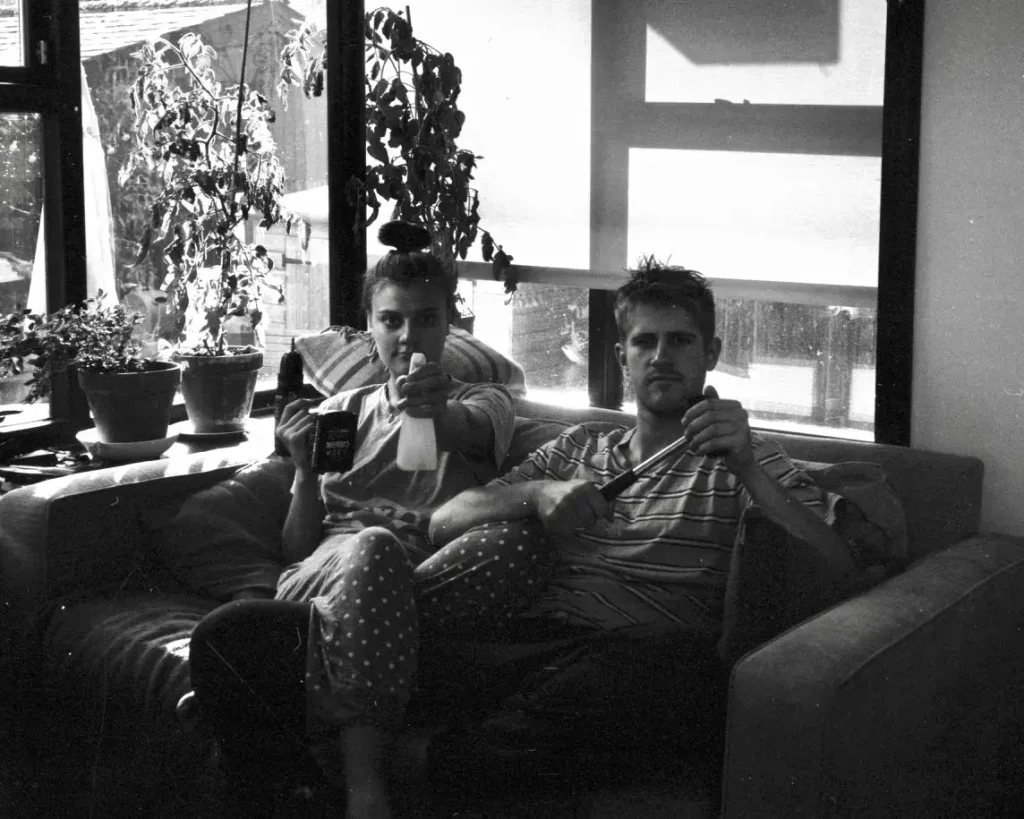
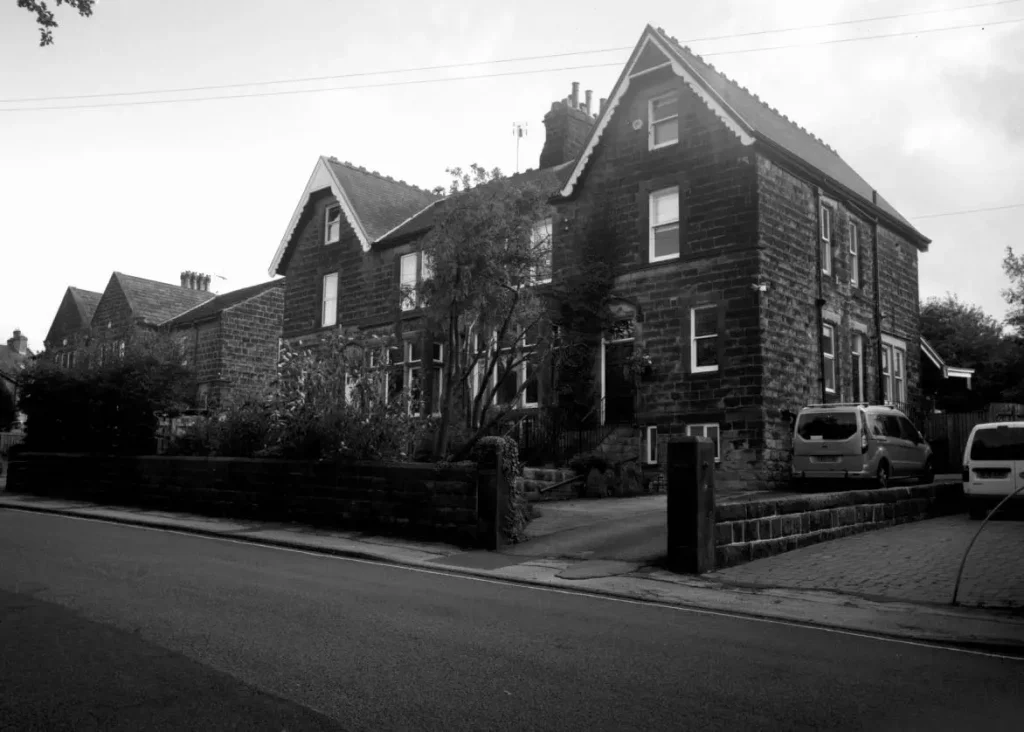
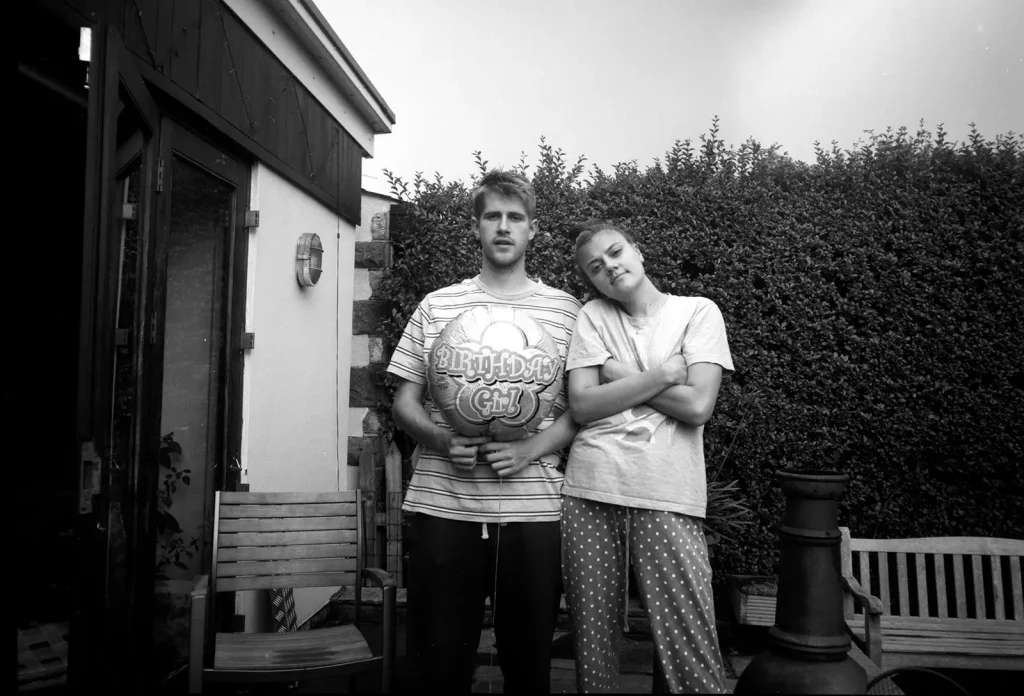
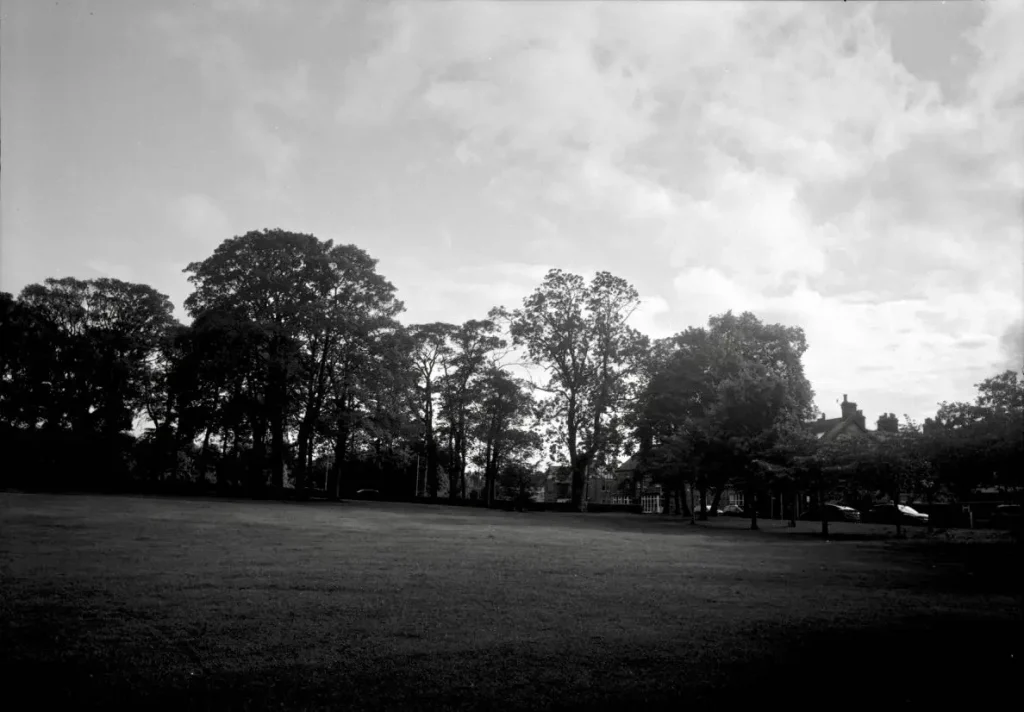
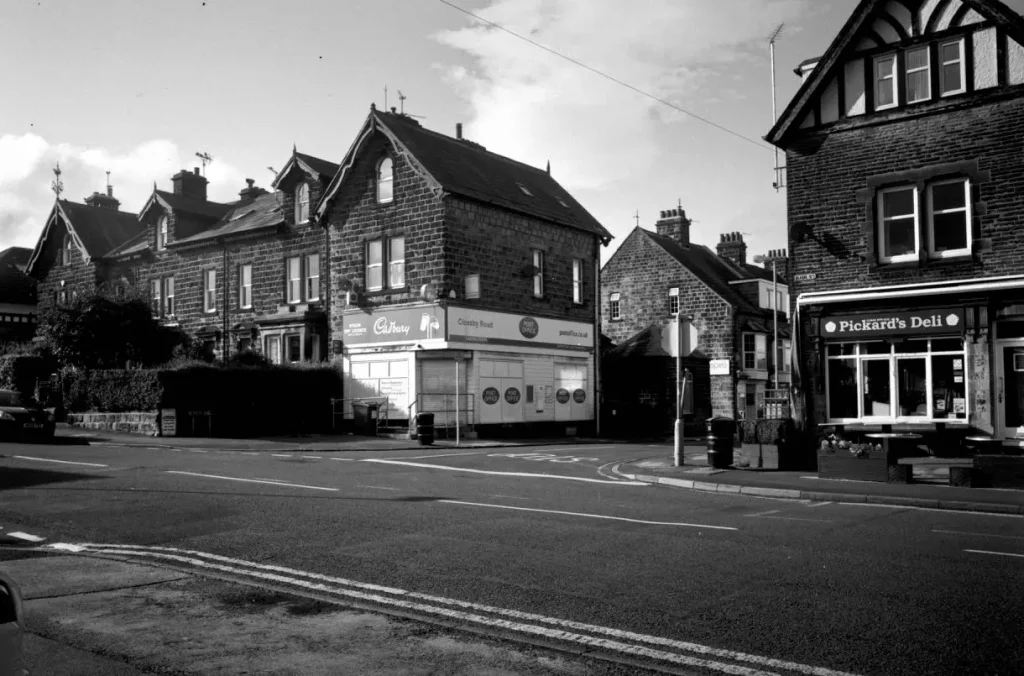
I think that’s beauty of old mechanical tech, they can keep functioning well beyond their expected lifespan. In contrast I bought a mint Pentax zoom 90 s5mm compact on Ebay that doesn’t look like it’s been used more than a couple of times and with fresh batteries does everything but fire the shutter. The E7 error code needs specialist attention beyond the economic value…
Share this post:
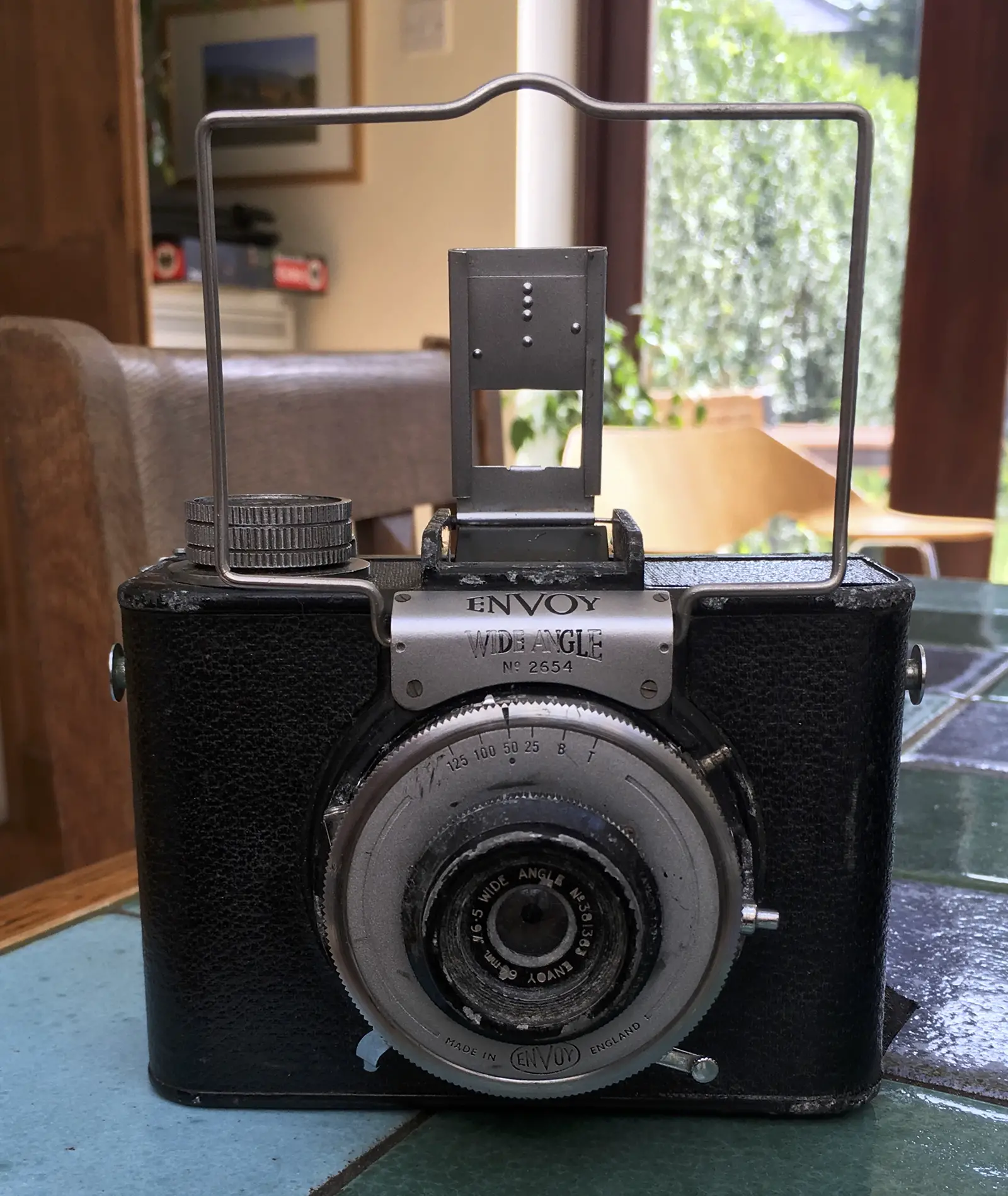

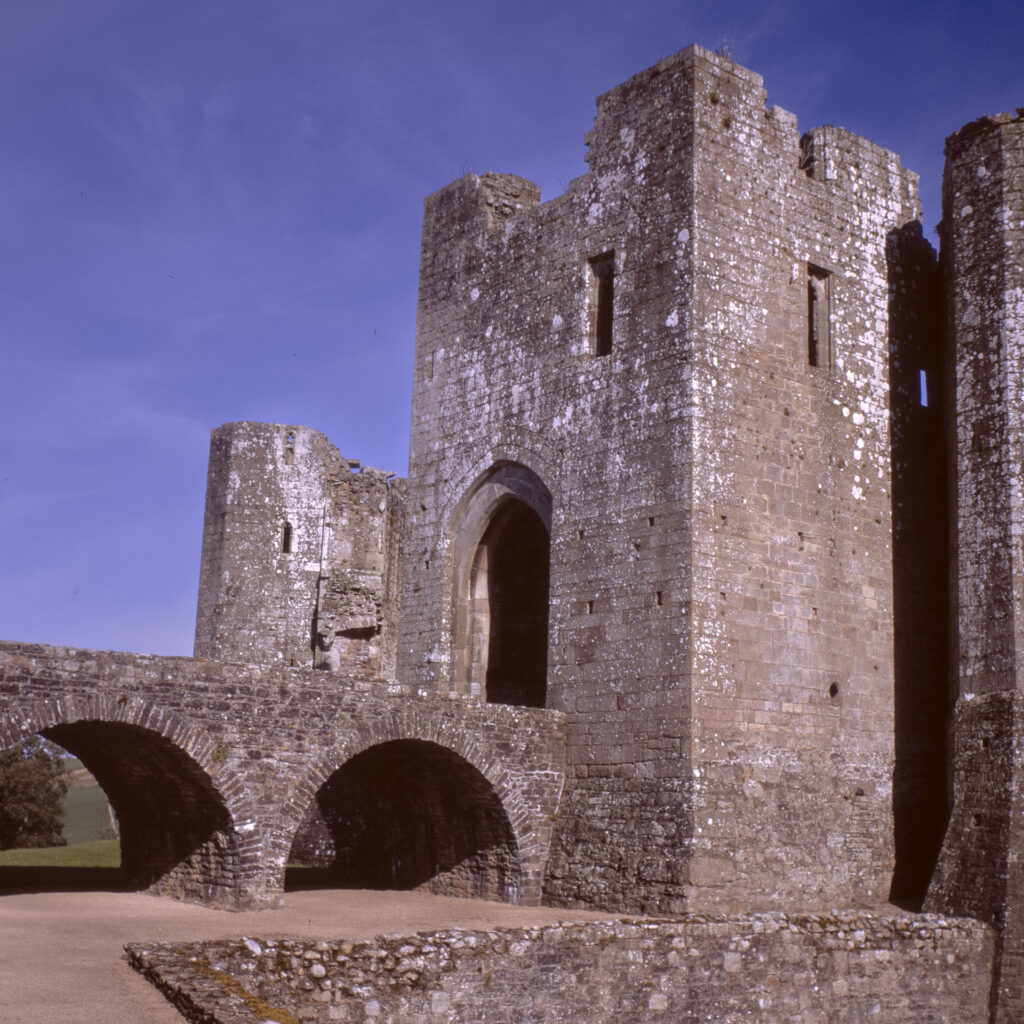
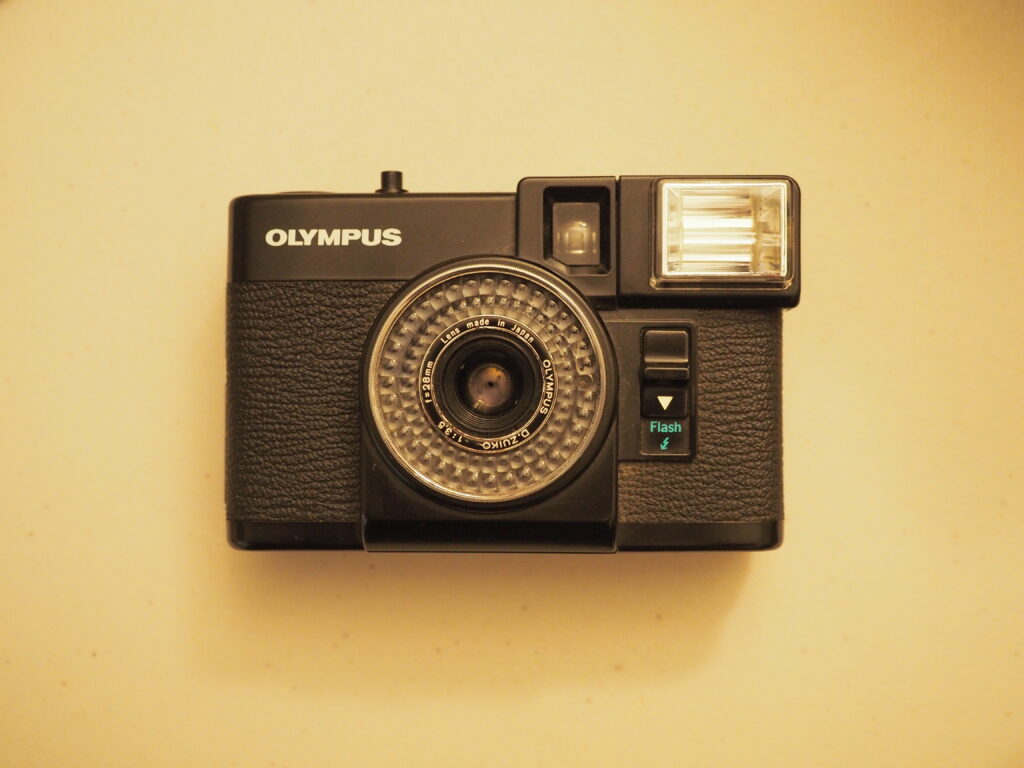
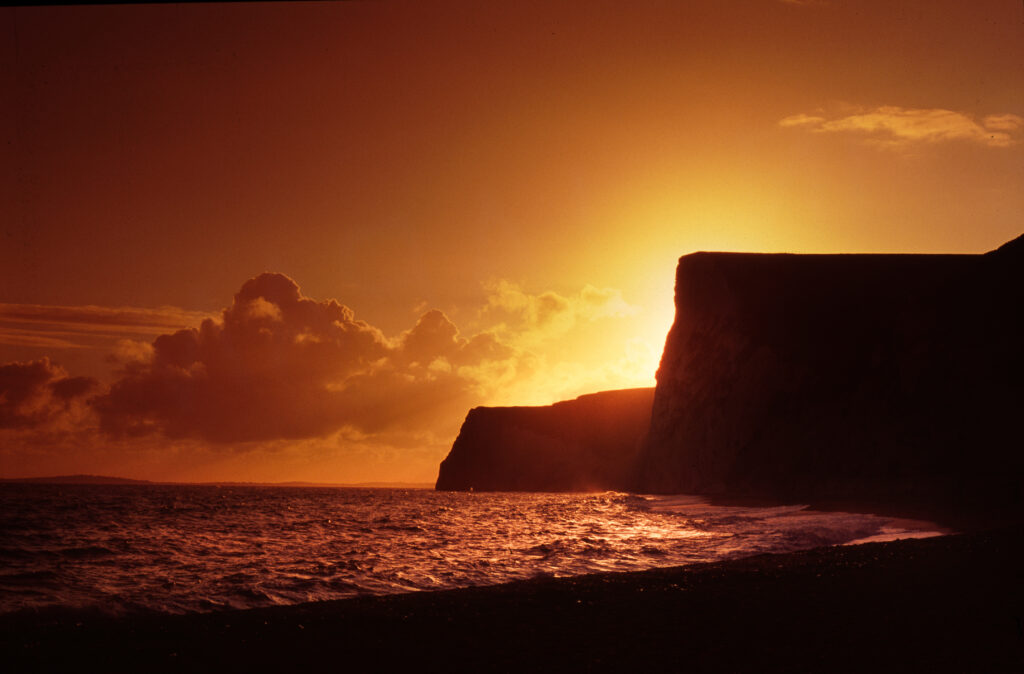




Comments
Gioacchino Artesiano Pagliuca on 5 Frames with a 1950’s Envoy Wide Angle 6×9 – By Paul Elcock
Comment posted: 29/10/2019
Terry B on 5 Frames with a 1950’s Envoy Wide Angle 6×9 – By Paul Elcock
Comment posted: 29/10/2019
Judging by your article, you've probably come across this site and which usefully gives some important info about the camera and the approx. depth of field available at each of the usable f stop settings. If not, have fun now.
http://www.photomemorabilia.co.uk/Ilford/Envoy_WA.html
Your selection of images show that the camera is eminently suitable for indoor as well as distance shots, especially, where its lens at small aperture seems seems to defy the law of diffraction! OK, admittedly, it isn't that easy to use, but I'm sure you find it fun.
Comment posted: 29/10/2019